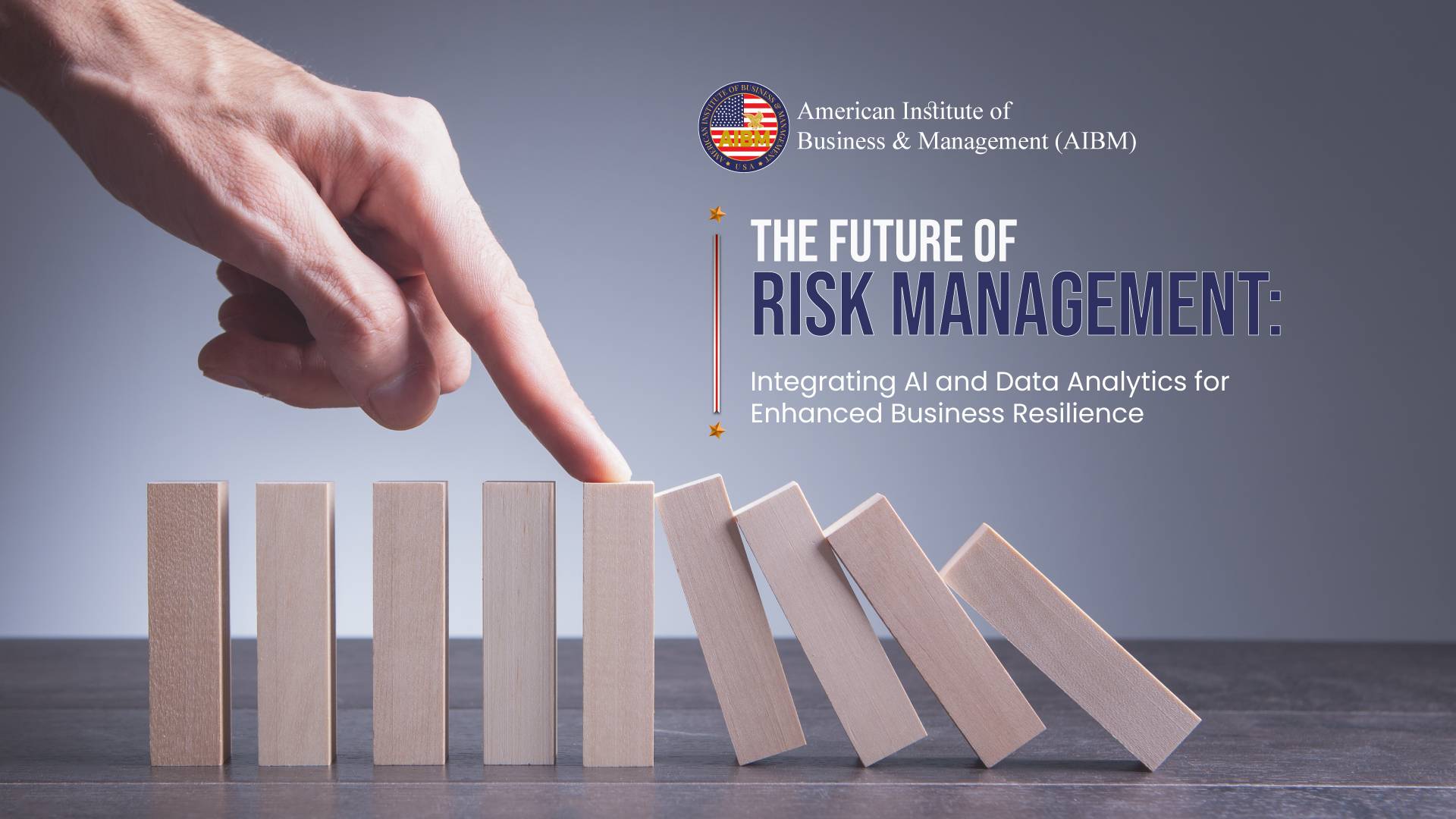The Future of Risk Management: Integrating AI & Data Analytics for Enhanced Business Resilience

Risk management is a critical aspect of any business strategy, encompassing the identification, assessment, and prioritization of potential risks and the application of resources to minimize or mitigate their impact. In today’s fast-paced and rapidly changing business environment, effective risk management is essential to ensure a company’s long-term success and sustainability. This article will explore the importance of risk management, its key components, and how businesses can integrate risk management practices into their operations.
The Importance of Risk Management
The main goal of risk management in business is to protect the organization’s assets, ensure its financial stability, and maintain its reputation. Effective risk management allows companies to:
- Anticipate and address potential threats, reducing the likelihood of negative outcomes.
- Make informed decisions based on a comprehensive understanding of the risks involved.
- Optimize resource allocation by focusing on the most significant risks.
- Improve operational efficiency by identifying and addressing potential weaknesses.
- Foster a risk-aware culture that encourages employees to take responsibility for managing risks.
- Comply with legal and regulatory requirements and demonstrate corporate governance.
Key Components of Risk Management
A comprehensive risk management process typically involves the following steps:
- Risk Identification: This involves systematically identifying potential risks that could affect the business, such as financial, operational, strategic, and external risks. Companies can use various tools and techniques, including brainstorming, checklists, and risk registers, to identify risks.
- Risk Assessment: Once risks have been identified, they must be assessed in terms of their likelihood and potential impact on the organization. Risk assessment helps prioritize risks and determine the appropriate level of resources required to address them.
- Risk Treatment: Risk treatment involves selecting and implementing strategies to mitigate or eliminate the identified risks. These strategies may include avoiding the risk, transferring it to another party (e.g., through insurance), reducing the risk’s likelihood or impact, or accepting the risk if it is deemed acceptable.
- Risk Monitoring and Review: Regularly monitoring and reviewing risks is essential to ensure that the risk management process remains effective and relevant. This includes tracking the progress of risk treatment plans, evaluating the effectiveness of risk management strategies, and updating risk assessments as necessary.
Integrating Risk Management into Business Operations
To successfully integrate risk management into business operations, organizations should consider the following steps:
- Develop a risk management policy that outlines the organization’s objectives, responsibilities, and risk appetite.
- Establish a risk management framework that provides a structured approach for identifying, assessing, and treating risks.
- Train employees in risk management principles and practices, fostering a culture of risk awareness.
- Embed risk management into decision-making processes, ensuring that risks are considered and addressed throughout the organization.
- Use technology and data analytics to enhance risk identification, assessment, and monitoring capabilities.
- Collaborate with stakeholders, including suppliers, customers, and regulators, to share risk information and best practices.
In conclusion, risk management in business is a vital aspect of ensuring an organization’s success and longevity. By proactively identifying, assessing, and managing risks, companies can protect their assets, enhance decision-making, and optimize resource allocation. By embedding risk management into their operations and fostering a risk-aware culture, businesses can stay resilient and agile in an ever-evolving landscape.
